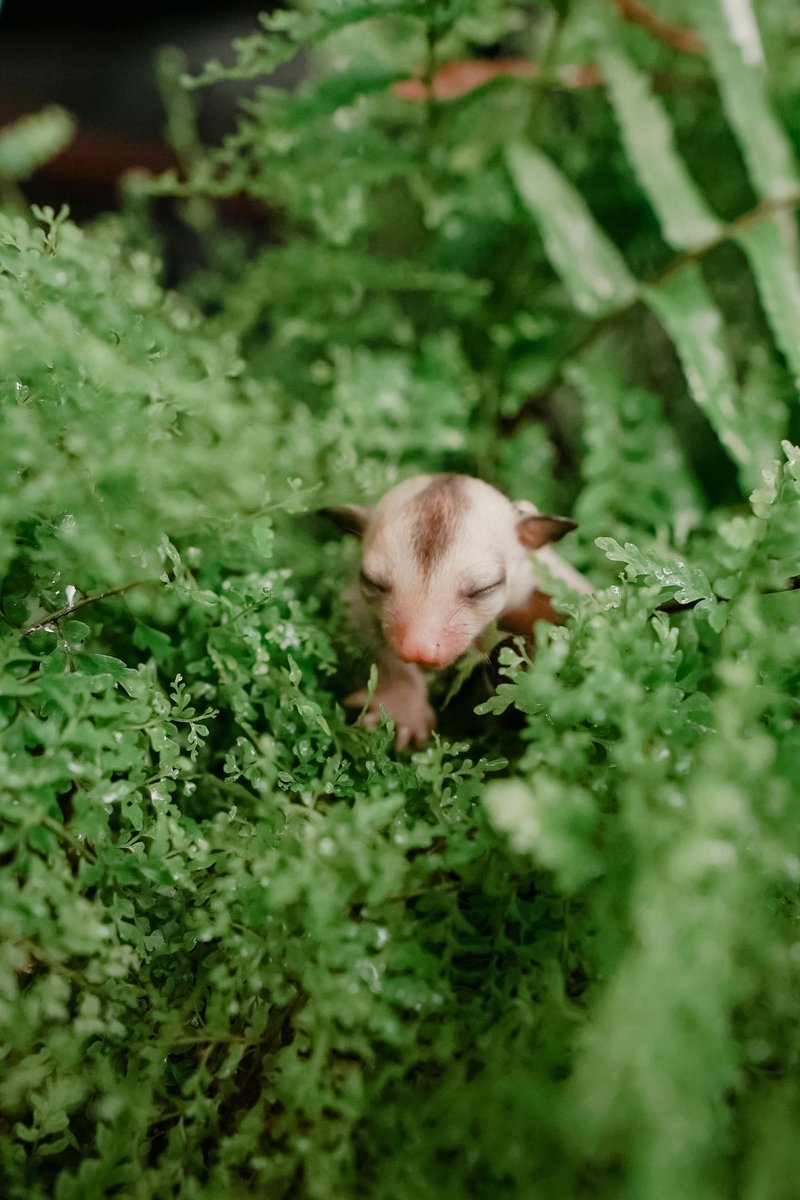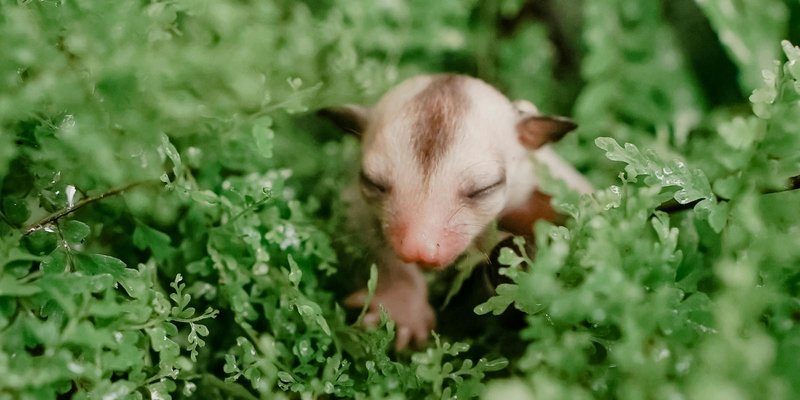
Imagine the Earth as a gigantic puzzle, with pieces shifting and reshaping over time. As environments changed, so did the animals that lived in them. Possums, with their clever ways and remarkable survival tactics, have been part of this evolutionary dance. They remind us that life is full of surprises and resilience—much like discovering a little gem tucked away in a familiar landscape. So, grab a cup of coffee and join me as we explore the evolutionary history of the possum in a way that’s engaging and easy to digest.
What Are Possums? A Quick Overview
Possums are marsupials, which means they carry and nurse their young in pouches—kind of like nature’s own baby carriers! They belong to the order Diprotodontia, which includes other marsupials like kangaroos and koalas. The term “possum” often gets mixed up with “opossum,” which is mainly used to refer to the North American species, *Didelphis virginiana*.
In terms of physical characteristics, possums are known for their long, pointed snouts, large eyes, and fur that varies from gray to brown. They have prehensile tails, making them excellent climbers. This adaptation has allowed them to flourish in both urban environments and rural settings. You might be wondering why we should care about these little critters’ history. Well, understanding their journey can shed light on our ecological systems and highlight the importance of biodiversity.
The Origins of Marsupials
Let’s turn back the clock to over 100 million years ago. During this time, the Earth was dominated by dinosaurs, and marsupials were just beginning to emerge. Most scientists believe that marsupials originated in Gondwana, the ancient supercontinent that included present-day South America, Africa, Antarctica, and Australia. Over millions of years, as continents drifted apart, marsupials adapted to their unique environments.
The earliest marsupials are thought to have been small, tree-dwelling creatures that thrived in lush, tropical forests. As they adapted to different habitats, some evolved to be more ground-dwelling, leading to diverse species. The distinct pouch feature likely developed as a survival mechanism, giving these young marsupials a better chance of reaching maturity in a hostile world filled with predators.
Opossum vs. Possum: The Great Confusion
You might be scratching your head, thinking, “Wait, what’s the difference between possums and opossums?” Here’s the deal: while “possum” is a more general term for several marsupial species found in Australia and New Guinea, “opossum” specifically refers to the North American variety. The name “opossum” comes from the Algonquin word “apasum,” meaning “white animal.”
The Virginia opossum is unique in that it’s the only marsupial found in North America. This species has adapted well to urban environments, which shows just how versatile these creatures can be. Possums in Australia, on the other hand, are varied—some are arboreal, while others are nocturnal. Understanding the differences between these two groups enhances our appreciation of their adaptability and ecological roles in their respective environments.
Possums in Australia: A Diverse Family
Australia is home to about 23 species of possums, and they come in all shapes and sizes. The most notable ones include the common brushtail possum and the sugar glider. The common brushtail possum, with its bushy tail and large ears, has made a home in urban settings. This adaptability to human habitats highlights their incredible resilience.
Sugar gliders, on the other hand, are known for their gliding ability, thanks to the special membrane that stretches from their forelegs to hindlegs. They’ve evolved to exploit tall trees in forests, where they use their gliding skills to move between trees in search of food. Each species showcases the richness of Australian ecosystems and demonstrates how evolution shapes behavior, diet, and habitat.
The Role of Possums in Ecosystems
Possums play a vital role in their ecosystems, helping to maintain balance in nature. As omnivores, they consume a wide variety of foods, including fruits, insects, and even small animals. By doing so, they contribute to seed dispersal; many plants rely on possums to help spread their seeds.
Moreover, possums are also prey for larger animals, making them an essential part of the food web. They help maintain predator populations, ensuring a healthy ecosystem. It’s interesting to note that their presence or absence can significantly influence the overall health of their environments.
Conservation and Future of Possums
Despite their adaptability, possums face numerous threats, primarily due to habitat loss and urbanization. As cities expand, possums are losing their natural homes, leading to a decline in their populations. Conservation efforts are crucial to protect these unique marsupials.
Organizations are working hard to create wildlife corridors that allow possums to travel safely between habitats. Community initiatives also play an important role, encouraging people to plant native species and create natural spaces. By engaging local populations, we can ensure that possums continue to thrive in a rapidly changing world.
The Fascinating Future of Possums
As climate change and human activity reshape the planet, the future of possums hangs in the balance. However, if history has taught us anything, it’s that these adaptable creatures are survivors. With continued research, conservation, and community efforts, possums can find a place in our ever-evolving landscape.
Looking ahead, we might even discover possibilities for fascinating new adaptations as they continue on their journey. It’s a reminder that evolution is an ongoing process, constantly molding life into what it needs to be to survive.
In summary, the evolutionary history of the possum is a rich tapestry interwoven with survival, adaptation, and ecological significance. These little marsupials, with their unique traits and behaviors, exemplify the wonders of nature. As we learn more about them, we not only gain insight into their world but also into our relationship with the environment around us. So, next time you spot a possum, remember the incredible journey they’ve taken through time!

